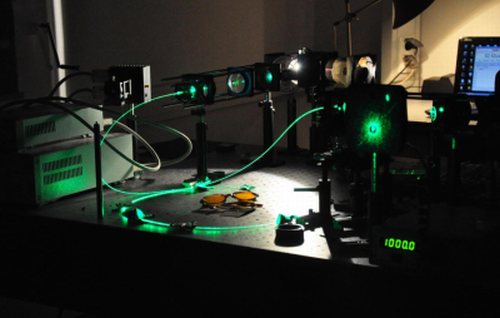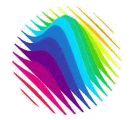Luminescence and Optical Spectroscopy group
Head: Andrzej Wojtowicz and Czesław Koepke
The main subject area targeted by two research teams involved in the Laboratory is luminescence in solid state systems. These systems typically consist of a host wide bandgap material (in most cases one of oxides, fluorides or oxyfluorides) and activator, which could be a rare earth ion, transition metal ion or any other ion known as efficient luminescence activator. The particular systems studied in the Laboratory include monocrystals, glasses, ceramics, nanomaterials (thin films, nanocrystals) and optical fibres.
The VUV and X-ray team in its research aims at materials for detection of ionizing radiation (gamma and X-rays) and X-ray phosphors. Significant part of the effort is directed toward scintillator materials and materials for gamma detection in PET systems (collaboration with CTI Molecular Imaging Inc, now Siemens, the leading PET producer, and Photonic Materials Ltd., crystal growing company). The research problems that are targeted include energy structure of the activating ion, the ion – host interactions, energy transfer and defects induced by activators, that are important for scintillation and luminescence performance of these materials.
The experimental techniques include VIS, UV and VUV (synchrotron, Hasylab, Hamburg) spectroscopy, X-ray induced thermoluminescence and typical scintillator characterization techniques (light yields, scintillation time profiles).
The laser materials spectroscopy team addresses its efforts to the research on higher excited states in such materials as glasses, glass ceramics, and crystals activated by RE and TM ions. Special attention is focused on low-dimensional systems, like active optic fibers, planar waveguides and nano-dots. The physical issues concerned are connected with interpretations of the excited state absorption(ESA)/gain spectra involving the energy transfer, up-conversion, photon avalanche and other deexcitation effects. The experimental techniques are based on methods of classical optical spectroscopy and on our unique setup used for measurements of the ESA/gain spectra. The group collaborates with laboratories in Italy, England, USA, and several centers in Poland.


